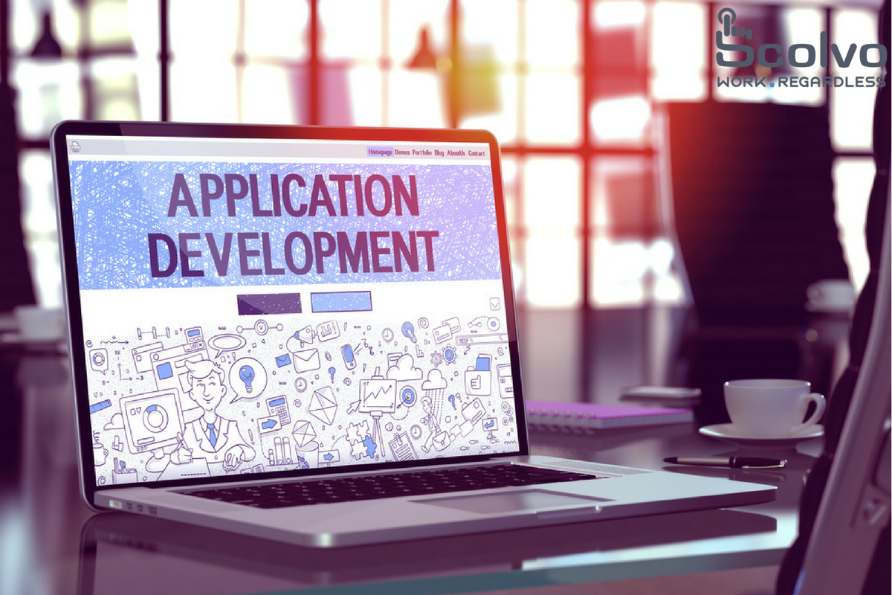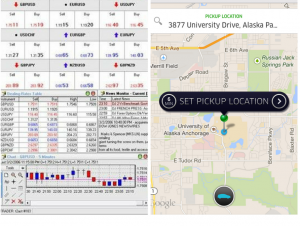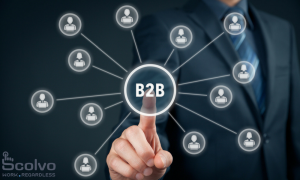[spb_text_block animation=”none” animation_delay=”0″ simplified_controls=”yes” custom_css_percentage=”no” padding_vertical=”0″ padding_horizontal=”0″ margin_vertical=”0″ custom_css=”margin-top: 0px;margin-bottom: 0px;” border_size=”0″ border_styling_global=”default” width=”1/1″ el_position=”first last”]
A mobile business application is rarely a standalone tool: in order to maximize its potential, it has work in integration with the other applications and software already in use at the company. Depending on their complexity, integration can present certain challenges but, if carefully planned, it will bring even more rewards.
[/spb_text_block] [spb_image image=”17694″ image_size=”full” frame=”noframe” caption_pos=”hover” remove_rounded=”yes” fullwidth=”no” overflow_mode=”none” link_target=”_self” lightbox=”no” intro_animation=”none” animation_delay=”200″ width=”1/1″ el_position=”first last”] [spb_text_block animation=”none” animation_delay=”0″ simplified_controls=”yes” custom_css_percentage=”no” padding_vertical=”0″ padding_horizontal=”0″ margin_vertical=”0″ custom_css=”margin-top: 0px;margin-bottom: 0px;” border_size=”0″ border_styling_global=”default” width=”1/1″ el_position=”first last”]
Let’s say your company is committed to investing in mobility and you have done your due diligence in preparing for this project (this already puts you in a favorable position). You know what you expect the mobile solution to do and are aware of how much time it will realistically take until you can use it.
But your preparation can’t be complete without knowing the most common challenges along the way and sketching some strategies to deal with them.
Challenge #1: Interface and platform issues
Your new enterprise mobile app will need data to work as intended and, therefore, needs to be connected to a number of systems, like your CRM, ERP, back-office or business intelligence platforms. This connection or integration happens through interfaces – the problem is they are not all created equal.
General interfaces that are provided by the software’s developer are usually way too general. By the time you have to use them, the software itself is customized beyond recognition, and the interface has to follow suit. Enough to think about your ERP: such a complex system wouldn’t work so fine if its complexity were not adjusted to the business’ needs. But what about its mobilization then?
And we still haven’t mentioned that it is not just about mobilizing a single piece of tool. Ideally, you are mobilizing an entire workflow, which requires access to several platforms at once.
Luckily, you are not the only one trying to close the gap between mobile and internal access. The bottom line is that your selected mobile developer possessed the standard interfaces and skills for their integration for the most common business software. But it’s always a good idea to take one step further and have specific integration solutions.
Scolvo believes in making it simple for the client, by developing pre-specified interfaces that help the integration with the most common ERP and CRM tools, such as SAP, Salesforce, or Hubspot CRM.
Challenge #2: Security issues
So we have mentioned integrating at least two systems, and thus process will necessarily involve the exchange of data. And one side if it, sending company data to the mobile devices, is a sensitive issue that leads us to talk about security.
However, think about security issues not as something too dangerous that stands in the way of mobilization whatsoever. It’s not like walking into a tiger’s cage – you won’t consider such a move. Instead, think about it like you won’t quit driving just because your car can be stolen, rather you make sure to lock it before you leave it in public.
During integration, you can secure your data on several levels. For one, by checking on the security properties of the mobile device: data storage and communication settings are critical. A Mobile Device Management (MDM) tool can help sort this out with the software installed on both the server-side and the mobile device, giving the IT-department control over what actions the users may or may not take and what data they access. Through an enterprise app store, they can also control what apps can be downloaded to the devices.
For two, by securing the communication between the back-office and mobile platforms. The question to ask your mobilization partner is whether they are able to establish an indirect access to the critical business functions. It can be an encrypted channel that the mobile device uses to connect to the internal platforms.
In these in-between zones, mobile hosting servers can complete the requests of the mobile application by without giving access to the whole database. Insurance quotes are typical transactions where the task of making a calculation is managed by the mobile app, but the actual calculation happens on the server side, so the sensitive data is not getting transferred, only the end result of the calculation.
Challenge #3: Everyone wants to have a say
Although integration is a technical process, the challenges associated with it are not merely technical, but also human. Defined by the level of complexity on your part (and that of the legacy software or platforms), the parties involved in the mobilization process can be numerous.
The mobile developer, the legacy software vendor, the business unit heads, IT-leaders, PO’s must be on the same page about the goals and the methods used. While stakeholder participation is key for a successful mobilization project, it can also hold back the integration process.
The key to dealing with this challenge is to make sure everyone understands the technology involved in the integration process and finds its relevancy to their respective fields. The regularity of discussion throughout the execution of the project is also important, as well as establishing the most effective channels for the sharing of information.
Benefits of integration
And the benefits far outweigh the difficulty of working through these challenges, because the integration of services adds value to all of the elements and, ultimately, to the complete business processes.
Sometimes it happens through automation, sometimes through streamlining, but the real-time sharing of data always brings improved productivity by reducing downtime and facilitating reporting.
[/spb_text_block]




